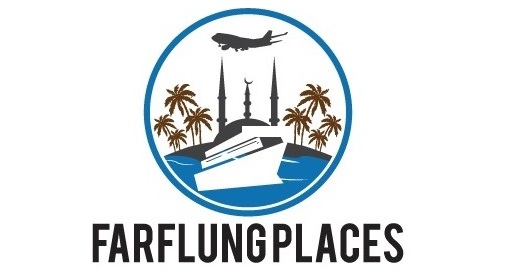Belarus is in the news for the wrong reasons at the moment and may seem to be an unlikely choice for a trip. One of the least visited places in Europe, not least because visas were hard to get (a situation that has now changed for the better for most countries), it still remains mostly undiscovered. Minsk, the capital, is an intriguing city. A case of East meets West, but where the upper hand still remains Soviet.
The Venetians liked to travel. While Marco Polo made it as far as China, many other traders and military ships conquered ports along the Mediterranean. Kotor is one of those ports, and thanks to its enviable defensive position at the end of a long bay, and surrounded by mountains, little has changed since medieval times.
Tirana is a city that rarely appears on any travel guide must-visit lists, although as it is discovered that will change. With a Mediterranean climate, history dating back to Roman times, an eclectic display of a paranoid leaders desire to build bunkers everywhere, cheap and tasty food and drink options, and friendly locals, Tirana is a great place to while away a few days
You could argue that the Enver Hoxha, the communist leader of Albania from 1941 to his death in 1985 was a little paranoid. He believed everyone was out to get him, which led to an extreme bunker mentality. This not only manifested itself in the 170,000 plus small concrete bunkers built across Albania but in his preparations for governing Albania in the event of an attack.

In the forests of northern Poland, just 10km from the Russian border, lie the remains of Hitler's secret war headquarters. Despite the Nazi's own attempts to blow up the site as Soviet forces approached in January 1945 many buildings are in a reasonable state of repair. Walls made of thick reinforced concrete, and its remote location, have ensured one of the more unusual remnants of the Second World War is still standing.








